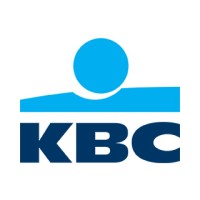
Deutsche Börse
As one of the world’s leading exchange organisations, Deutsche Börse Group provides investors, financial institutions and companies access to global capital markets. Our business covers the entire financial market transaction process chain, ranging from securities and derivatives trading, clearing, settlement and custody, to market data and the development and operation of electronic trading systems. As a technology company, we develop state-of-the-art IT solutions and offer IT systems all over the world. Our reliable systems and our integrity as a neutral market infrastructure provider form the basis of our business philosophy. We operate to the most exacting standards to create products and services which meet the needs of international financial markets. As a listed company we work to create value for our customers and our shareholders. Privacy notice: https://deutsche-boerse.com/social-media-privacy Imprint: https://deutsche-boerse.com/imprint






